News
News / 10/07/2018 / 1690
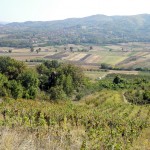
If I were asked to name the greatest secrets of Serbian winemaking, I think that I could easily place the entire region of Župa Aleksandrovačka on the top of the list. You are probably thinking what the hell I am talking about now: the story about Prokupac grape variety often called "The King of Župa" is widely known. Also, we know the stories about Tamjanika ("The Queen of Župa"), Oceania, ancient vineyards, bush vines, etc, etc. However, the secret of Župa lies hidden as we still don't know precisely what defines Župa's distinctive features and their impact on wines originating from Župa's vineyards. We still do not know enough about Župa's terroir and all its microlocations. When you go to Župa and raise the topic of vineyard plots and microlocations, you get surprised with knowledge shared by local population that has accumulated for decades. But, all these pieces of information remain hidden from the general public.
In Župa, there are spots which are to a greater or lesser extent suitable for viticulture. And there are also spots which deserve the highest ranking in Serbian winemaking. In the future, once our consumers learn to value wine not only by the brand name or the name of the winemaker (or the annual marketing budget), but also by the quality of grapes, the location of vineyards and features of the particular wine, the hill of Varina in Župa will earn its status as the local version of Grand Cru in Župa. History, geography and local winemakers all speak in favor of such classification of this small hill nestled between the villages of Venčac and Trnavci.
But, let's begin with geology. Župa features two predominant types of soil: alluvial deposits on the bottom of the valley and poor soil with plenty of stone agglomerates on the slopes of the surrounding hills. Examples of such soil can be found on the hills of Gubovac and Kusak which host 100-year-old vineyards. However, the hill called Varina is nestled between the villages of Venčac and Trnavci. From the distance, you can notice that this hill is different from the rest of the landscape. It looks snow-capped. The closer you get to the hill, the clearer it becomes that the snow is actually a sort of white soil.
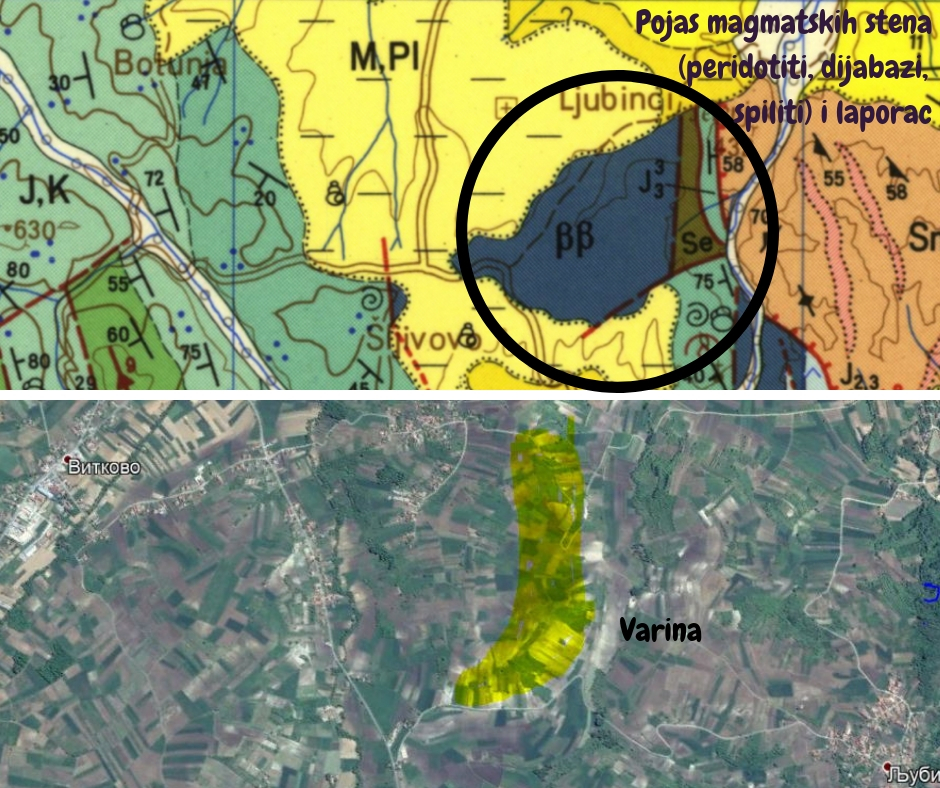
I visited Varina hill for the first time several years ago when Gvozden Radenković, a living legend of Župa's winemaking guided me through the village of Trnavci to visit and hear the wine history of Radenković family. Then we also visited the vineyards owned by Radenković family located on the southern slope of Varina. Long ago, almost the entire hill was owned by Radenković family, but over time the vineyard plots were divided, some of them changed owners, some were left abandoned ... For Radenković family, Varina hill has an emotional value because the first commercial label for Radenković Winery's white wine was Varina. Hence they still cultivate their Varina vineyards with great care.
I had an opportunity to taste this wine last year. Archive wine Varina 2001 - Radenković Cellar. Varietal composition: 85% Italian Riesling, 15% Smederevka. On the nose, oxidative character, hints of nutty aromas, hazelnut, soft velvety impression. The wine followed the same impression in the mouth. This wine was no longer at its peak, but the excitement still grew, because we were truly tasting Serbian wine history.
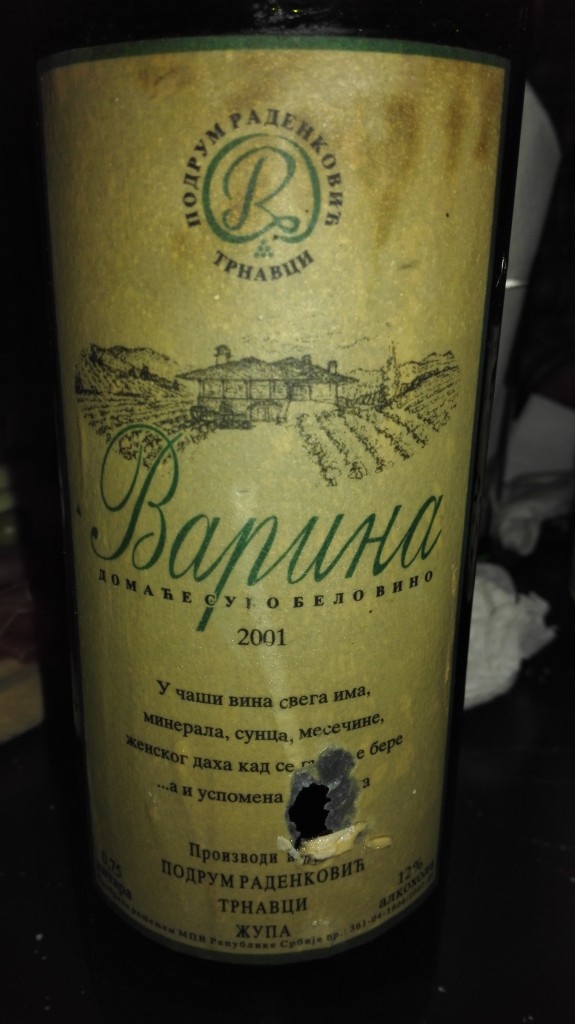
If we look at the geological map of Župa, we see that there are two types of soil prevailing in Varina. On the southern side of Varina, we can find soil that doesn't exist on a significant scale elsewhere in Župa. White mineral soil, deposits of magmatic rocks with a lot of magnesium in combination with marl. These rocks crumble easily. In Župa, this kind of soil is called "belobrežina". Belobrežina is excellent vineyard soil. Since ancient times, vineyards have been planted on such soil because it is rich in minerals, but poor in nutrients (which prevents excessive vigor of the vines on such a surface). The soil's white colour also plays an important role because it reflects the sun's rays, which increases the exposure to sunshine (the natural effect of two suns). The most important plots on this southern side of Varina are above-mentioned Radenković vineyards as well as a Prokupac vineyard maintained by Ivanović Winery. Right above the Radenković vineyard, there is also the vineyard of Savković family, which features two types of soil: the white soil turns into more fertile yellow soil.
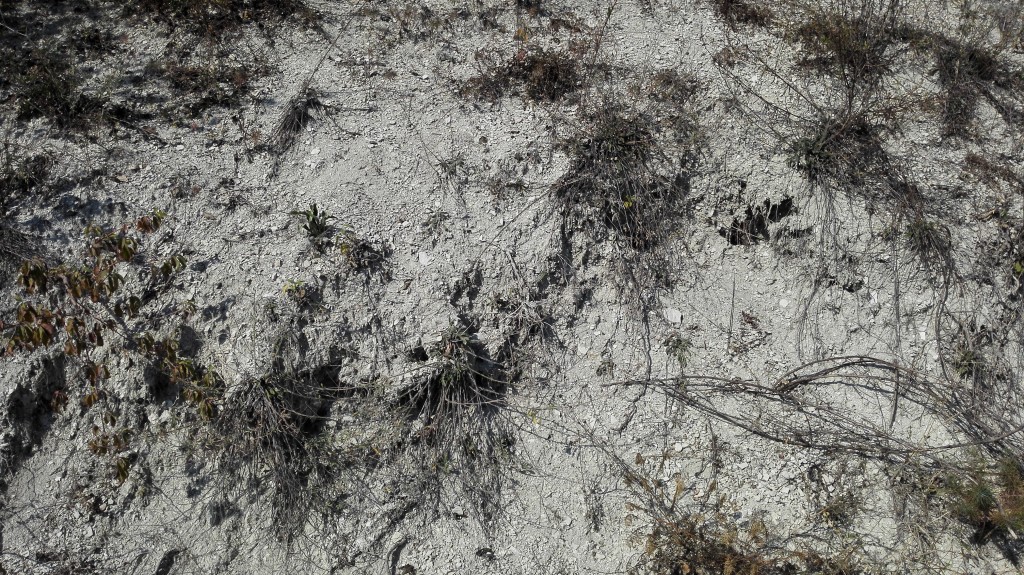
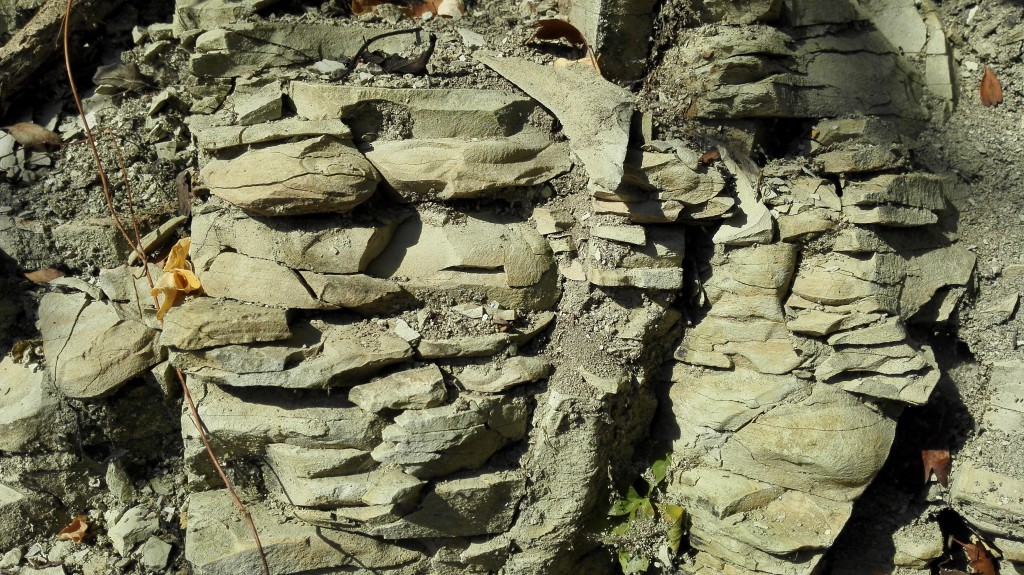
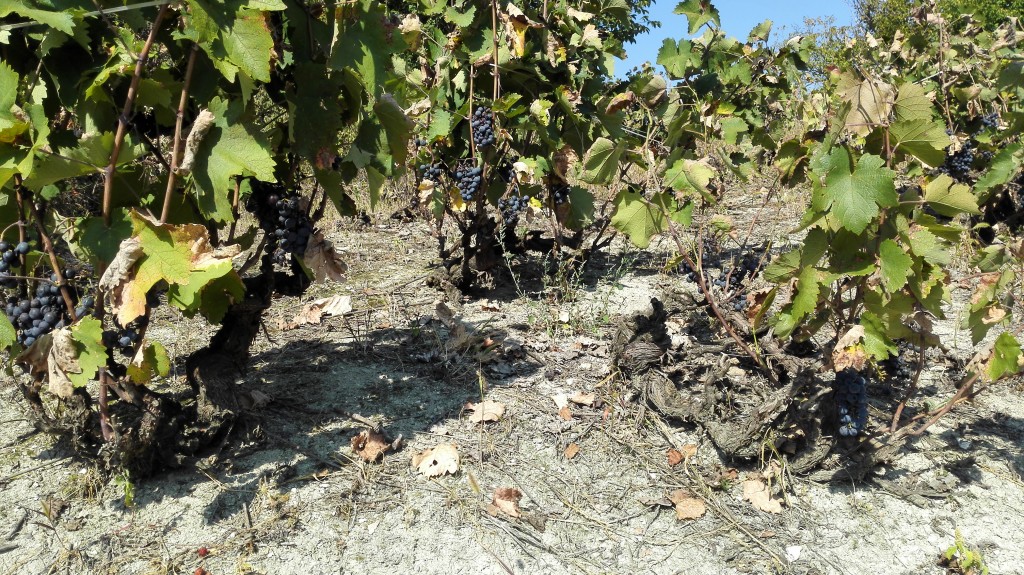
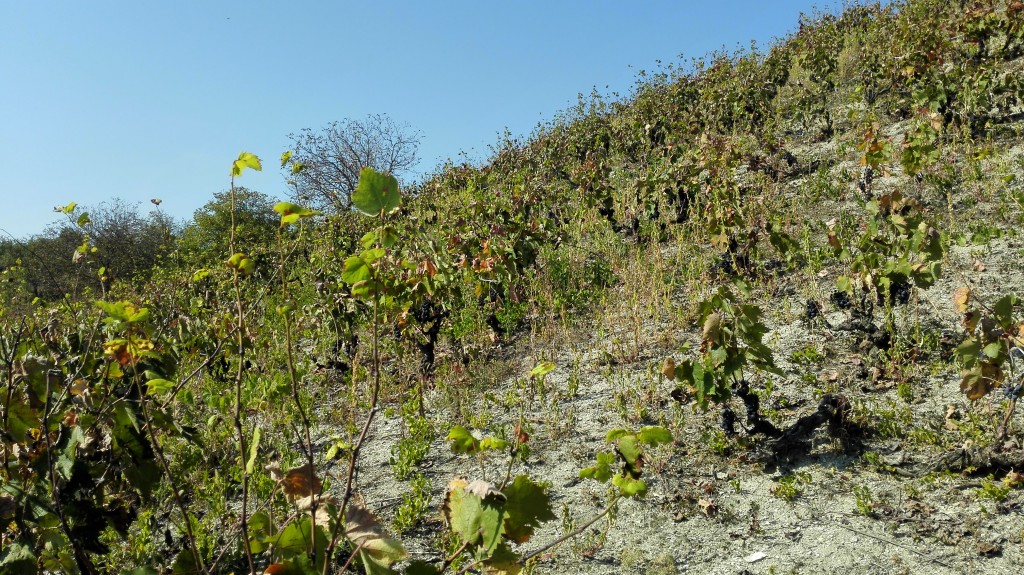
At the top of Varina hill that turns into a mild flatland on the northern side, we find a different type of soil. Slightly more fertile soil which contains a small percentage of "belobrežina" mixed with alluvial soil and pebbles. Hence a different light yellow color. The advantage of this location is extraordinary ventilation of the vineyards. At the top of the hill, there is a constant breeze. Vineyards in this position are open from all sides, there is nothing in the vicinity to shield them. At this spot, Merlot vineyard was planted by Milan Aleksić from Milanov Podrum (Milan's Cellar). The vineyard itself is formed by merging 6 neighbouring plots into one. In the vicinity, there is also Milan's experimental vineyard of Prokupac. From the peak of Varina southwards, in the direction of Trnavci village, there is also one available plot that descends to the foot of the hill. In the coming period, Milan is planning to plant Prokupac there.
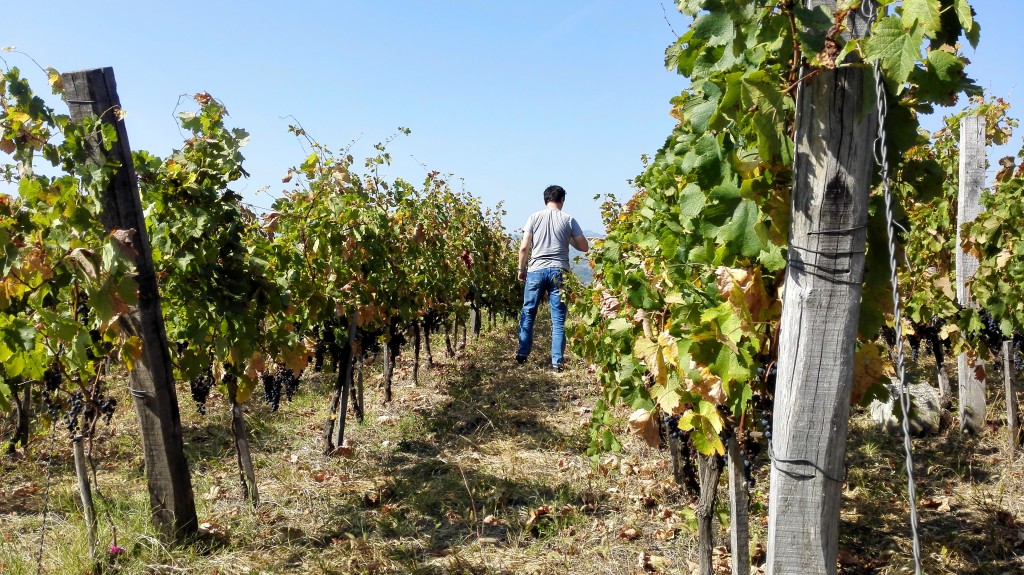
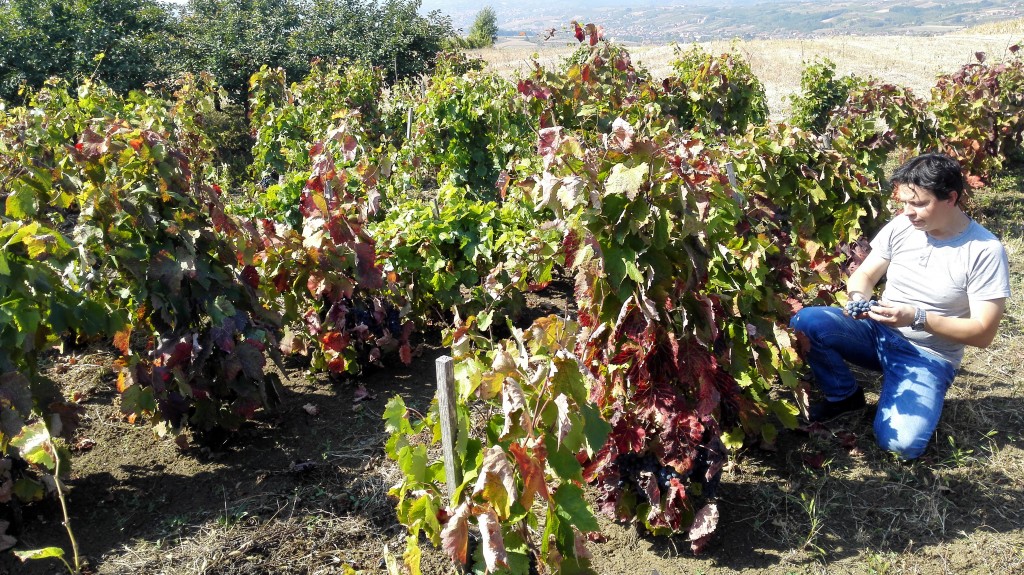
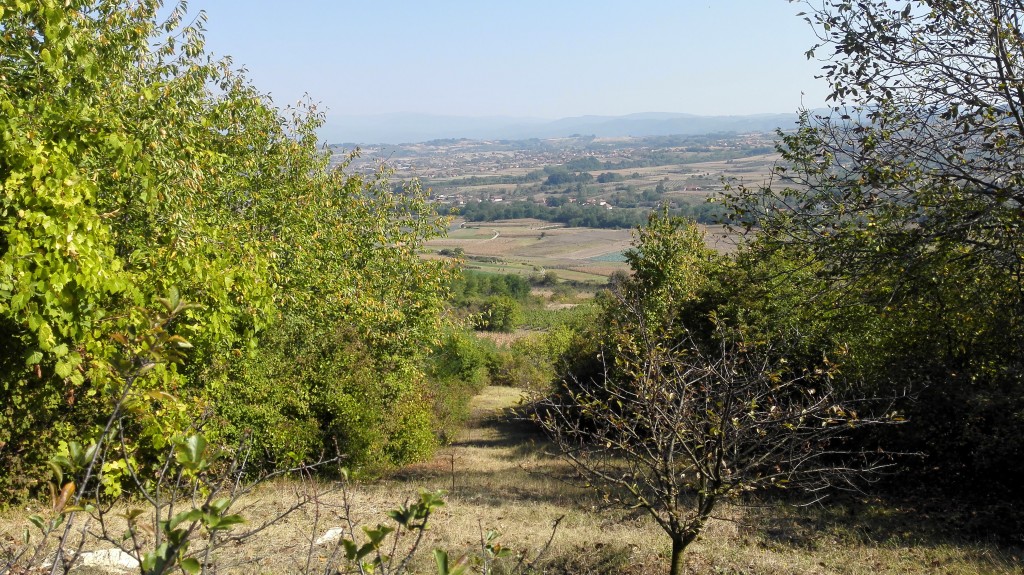
From the top of Varina, the view from the south side reveals the the village of Trnavci and the church of Saint Marina in the fields. Just right there, there is also a new vineyard of Prokupac and Tamjanika planted by Tošići Winery.
Everywhere on Varina hill, we come across lonely old vines on abandoned plots that survived clearing of the vineyards and bear witness to ancient times when the entire hill was covered with vines. Also, on the perimeter of the plot, wild specimens of V. Monticola are frequently found. They witness the struggle of nature to survive at places where vineyards were cleared or dried, and then V. Monticola sprung from the soil. V. Monticola was once the most common type of rootstock in Župa, but grafters gradually abandoned it because its twigs are hard to work on, so its use in grafting was time-consuming. Anyhow, all those gnarly old vines have V. Monticola as rootstock. Experienced grafters claim that V. Monticola rootstock is better because it develops roots faster and vines live longer.
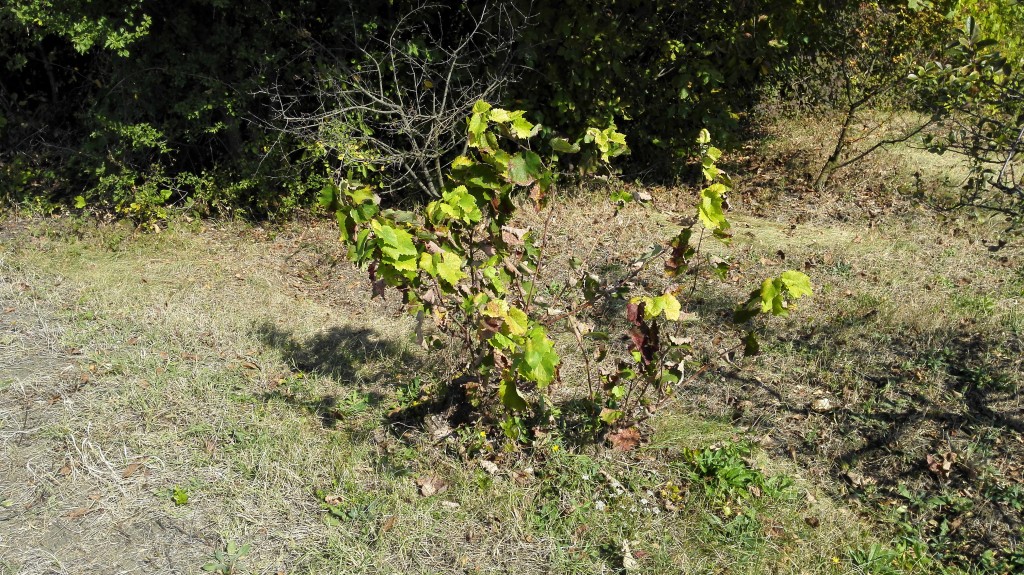
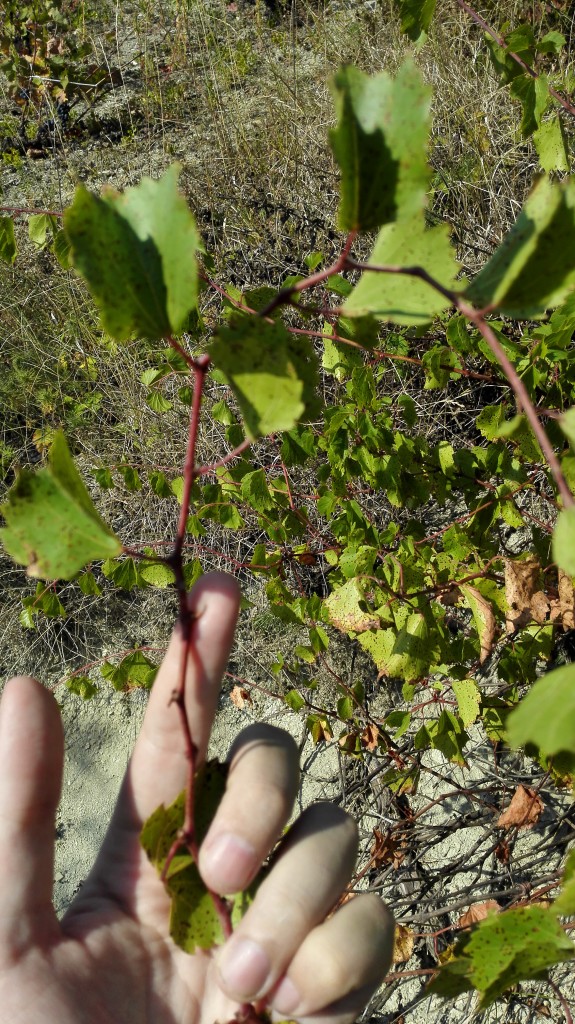
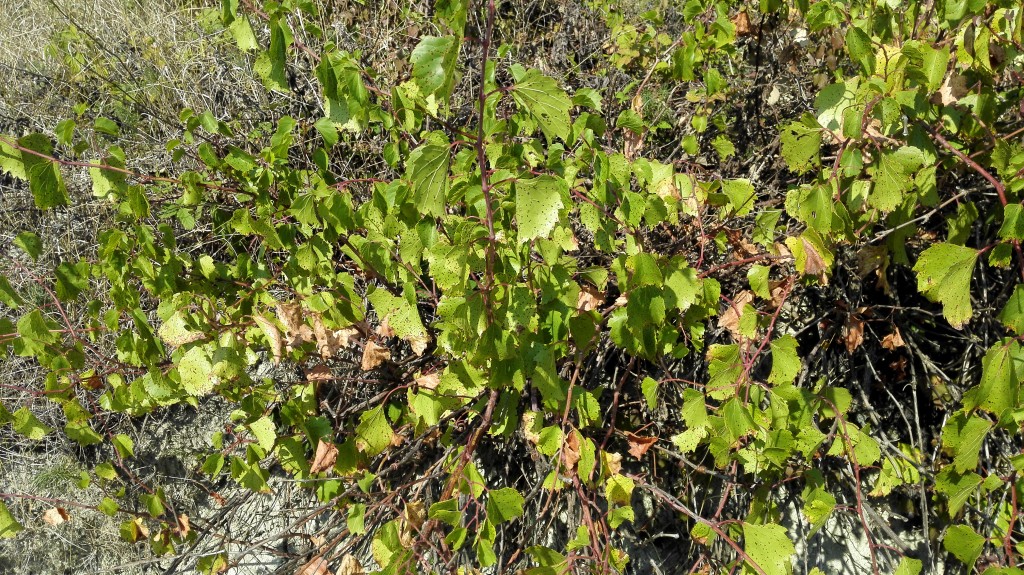
So, next time you see a bottle of wine from Župa... Do not hesitate ... Look beyond the surface. Inquire about the origins of grapes, explore the winemaker's family history, investigate how the wine is produced. Župa is full of surprises and it is within your fingertips to discover them while you enjoy a glass of your favourite Župa wine. And I am confident that wines of Varina will restore their well-deserved reputation in the future.
(7th October, 2018)

Tomislav Ivanović
Awarded wine writer, wine critic and contributor to selected wine magazines. WSET3-certified author and editor-in-chief of www.vinopedia.rs. Member of Vojvodina Sommelier Association. Juror in national and international wine competitions. Lecturing about wines of Serbia and the Balkans. Local partner of Wine Mosaic organization. Co-founder of International Prokupac Day.

Pročitajte i druge članke iz ove rubrike:


SPASIMO STARE VINOGRADE SRBIJE
PROČITAJ VIŠE
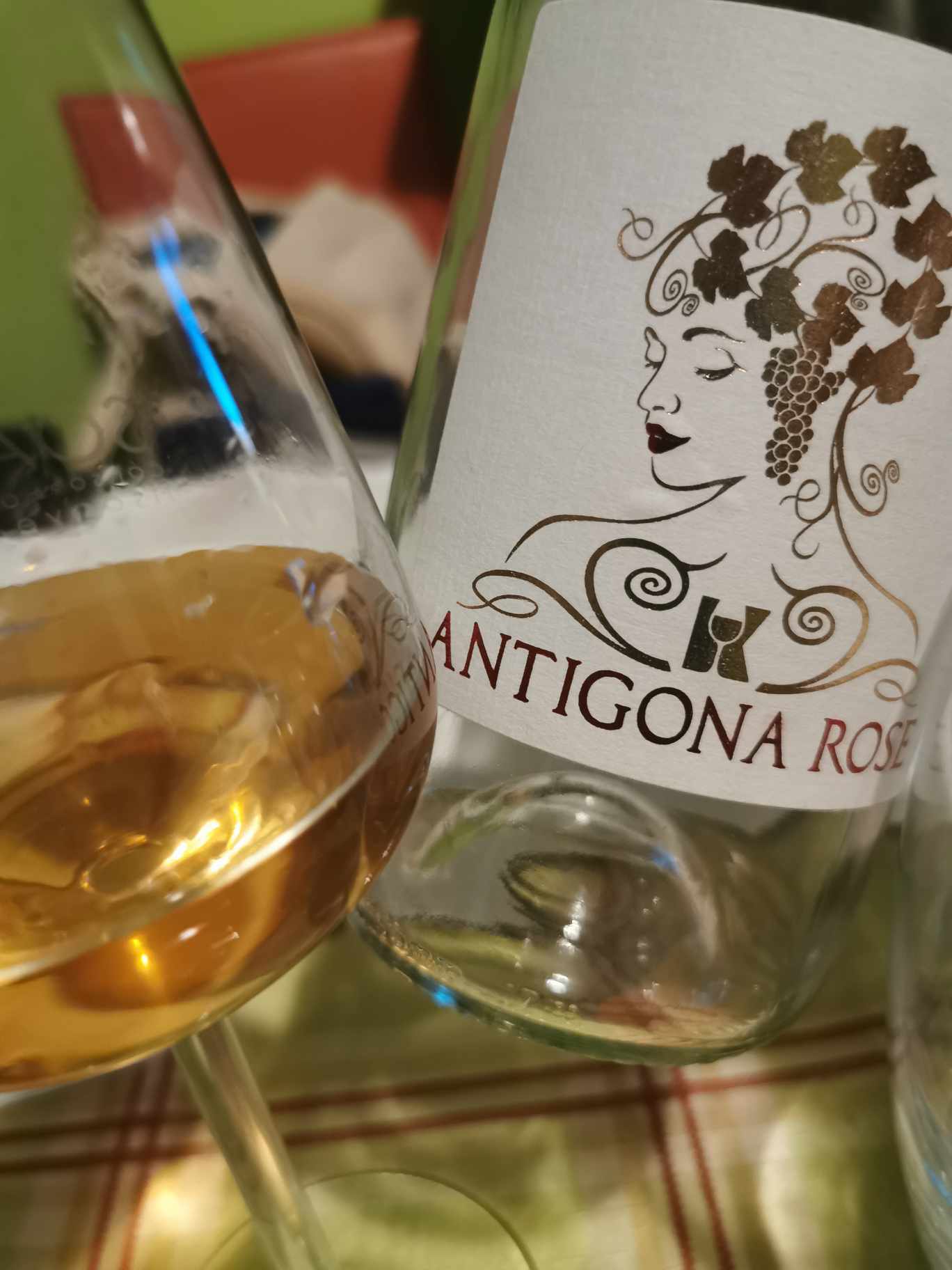

NAŠLI SMO ANTIGONU IZ ORAHOVCA
PROČITAJ VIŠE
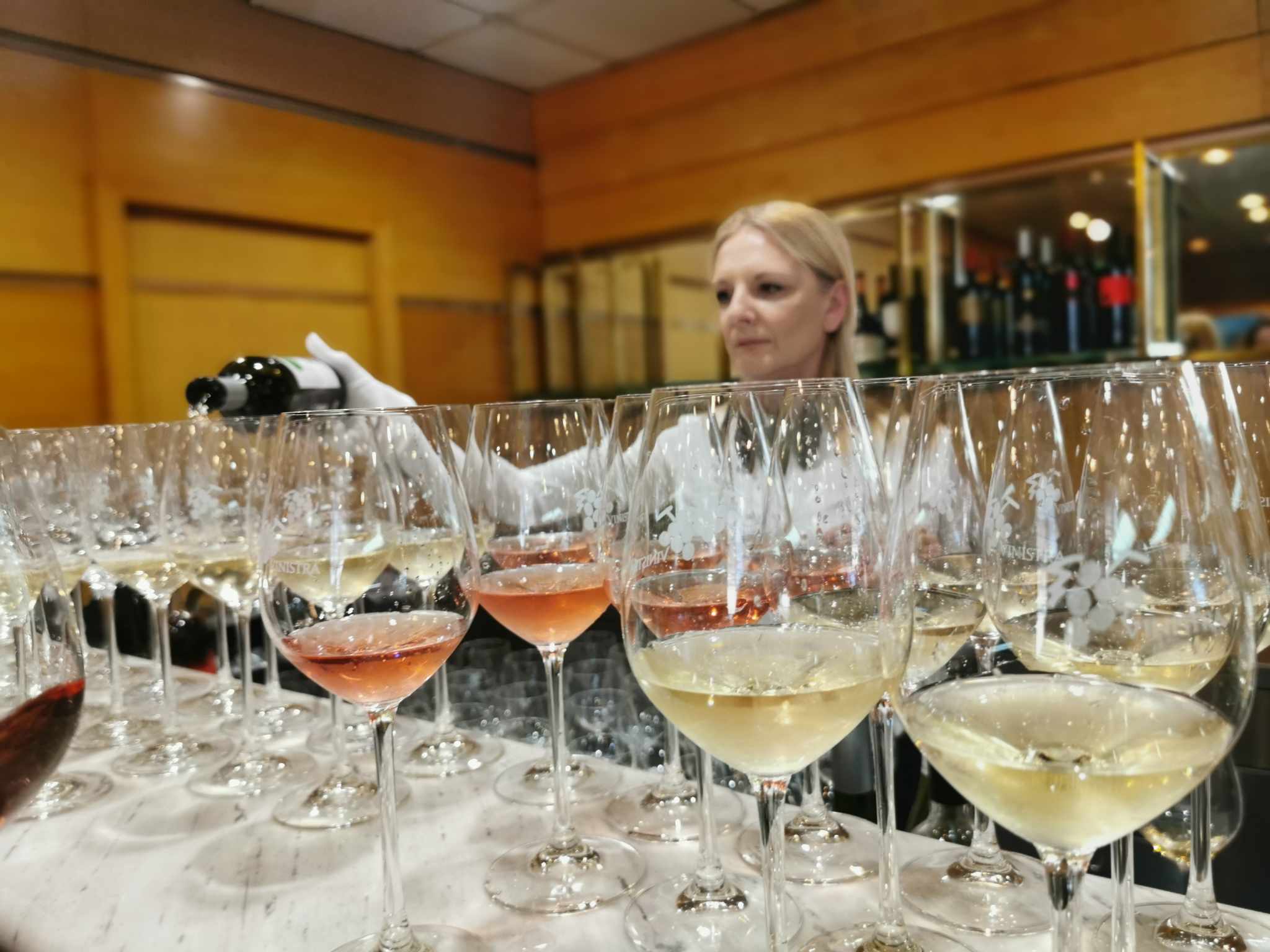

SRPSKO VINO KOŠTA 100 EUR - I ŠTA ĆEMO SAD?
PROČITAJ VIŠE
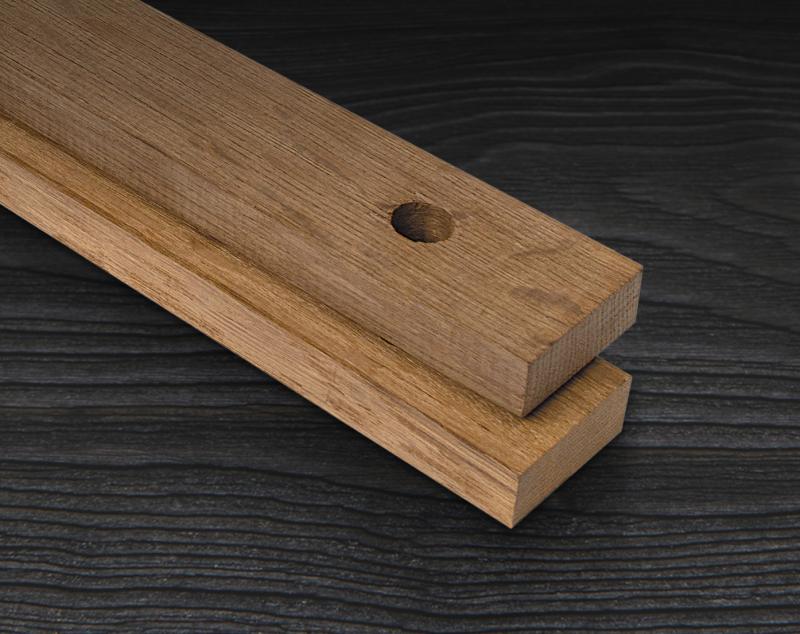

MOŽE LI VINO BEZ BURETA? IMA LI ALTERNATIVE?
PROČITAJ VIŠE
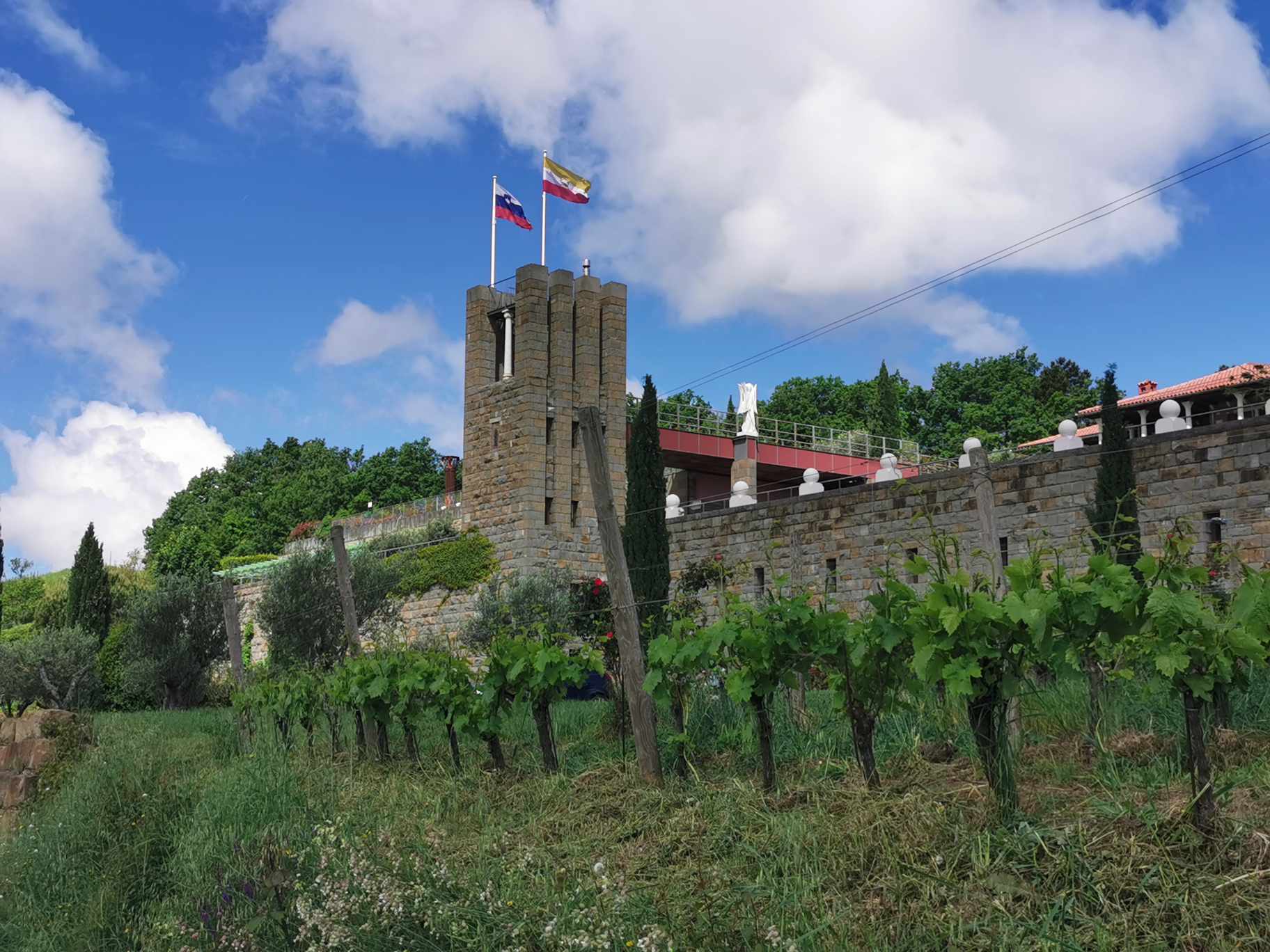

SANTOMAS - CRVENA VINA ISTRE
PROČITAJ VIŠE
Winner MILLESIMA BLOG AWARD 2016

Pobednik MILLESIMA BLOG AWARD 2016
VINO & FINO wine personality of the year 2016

VINO & FINO vinska ličnost godine 2016